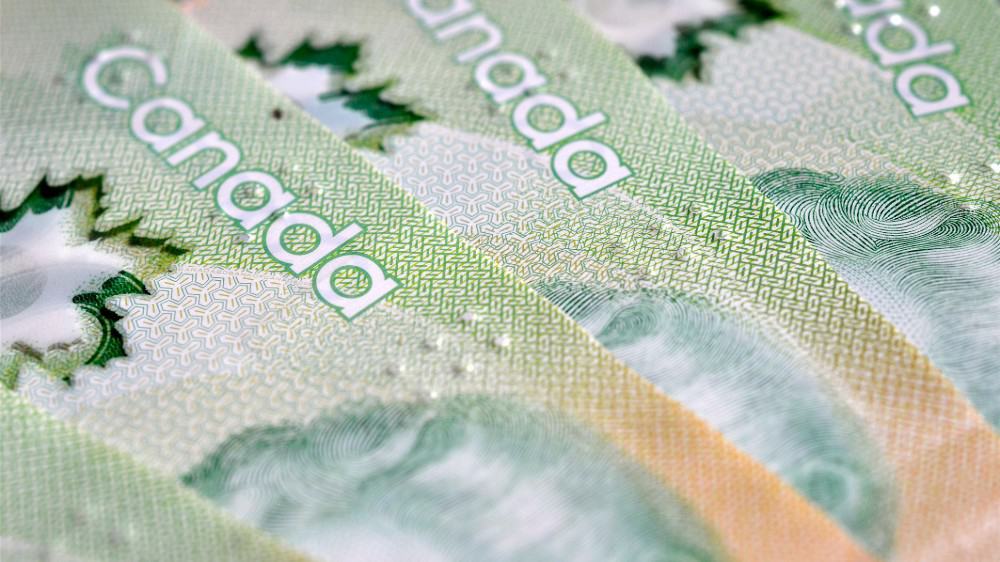Prime Minister Justin Trudeau first hinted that the government would replace the $2,000 Canada Emergency Response Benefit (CERB) with new benefits in August. At that time, he ensured that no Canadian would be left behind. Many analysts and worker unions cast their doubts on this claim when the Finance Minister proposed the $400 a week in the new CERB extensions.
The Canadian Centre for Policy Alternatives (CCPA) Senior Economist David Macdonald stated that the new benefits would affect some 2.7 million Canadians. But the Justin Trudeau government delivered on its promise. It upped the CERB extension to $500 and made it accessible to more Canadians.
The CERB extensions are in the form of Canada Recovery Benefit (CRB) and Employment Insurance (EI). You can get up to $13,000 in these cash benefits for up to 26 weeks. The maximum benefit amount and tenure are higher in EI.
CERB extensions leave no Canadian behind
When David Macdonald crunched the number, he estimated that among the 3.7 million CERB recipients with data, 2.7 million would get less than $500 a week or nothing at all under the CRB and EI. But now, they will get $500 a week thanks to the new legislation on recovery benefits.
The CERB was available to any Canadian above 15 years of age who lost his or her job because of COVID-19 related issues. The condition was you shouldn’t have quit your work voluntarily and be actively searching for new work. This eligibility applies to EI and CRB as well.
You must have earned at least $5,000 in 2019 or 12 months before the application date to be eligible for the CERB. The same goes for CRB. For EI, you should have worked at least 120 hours (or 3.5 weeks full time) in insurable employment in the last 52 weeks from March 15. If you don’t meet the 120-hour eligibility, this leaves you with no EI. In this case, you can apply for CRB.
The above two eligibility criteria cover most of the 4 million CERB recipients. Now, the CRB is also including Canadians who are working, but their weekly earnings have reduced by 50%. This would also include those who earned more than $1,000 a month, provided their average monthly income was above $2,000. The CRB doesn’t penalize you for earning more as the CERB did.
For the CRB, the government requires applicants to have a valid social insurance number (SIN). It wants to ensure only the ones eligible for government benefit are getting it.
The CERB extensions are in place for a year
The CERB extensions are available for a year till September 25. The economy would take at least a year to return to a stable recovery. The benefits need to be flexible to accommodate the challenges of the COVID-19 economy.
Job security would be a concern, as companies are not hiring full-time employees due to uncertainty in the business environment. One year is a long time. Many Canadians couldn‘t max out on their $14,000 CERB, but they can max out on their $13,000 CERB extensions. The government is also providing up to $1,000 in sickness benefits and another $13,000 in caregiving benefits. But I will leave that discussion for another time.
You can maximize you $13,000 CRB/EI
You can increase your CERB extension beyond $13,000 by investing $100 a week in the iShares S&P/TSX Capped Information Technology Index ETF (TSX:XIT). The XIT has almost 50% of its holdings in Shopify and Constellation Software. These stocks have surged 155% and 16%, respectively, in the pandemic-driven stock market rally.
If you want to get direct exposure in these stocks, you would have to shell out to almost $2,800. The XIT ETF gives you exposure to the growth of these two stocks plus 16 other stocks for just $40-$42.
The last 12-month tech stock rally has increased XIT’s annual return to 48%. Taking a conservative estimate as the stocks are already trading at inflated valuations, the XIT could deliver a 20% return in the next 12 months. Adding this return to your $2,600 contribution ($100*26 weeks), you could have at least $3,100 in your Tax-Free Savings Accounts (TFSA) by October 2021.









